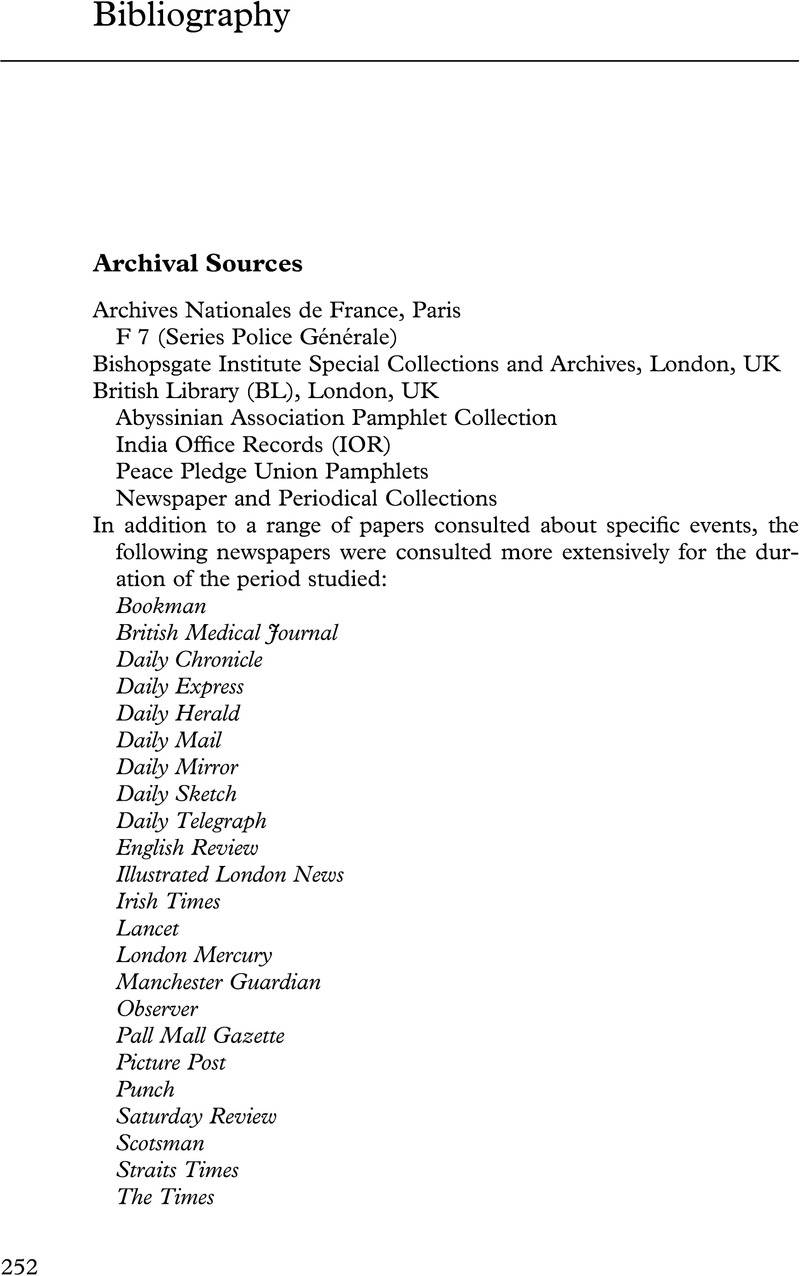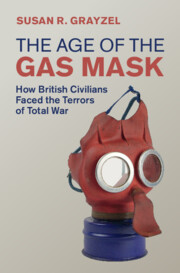Book contents
- The Age of the Gas Mask
- Studies in the Social and Cultural History of Modern Warfare
- The Age of the Gas Mask
- Copyright page
- Dedication
- Contents
- Figures
- Acknowledgments
- Abbreviations
- 1 Introduction
- 2 Inventing an Object for Modern Conflict
- 3 Defending Civilians
- 4 Unveiling the Gas Mask
- 5 Curating the Good Citizen
- 6 Facing Wartime
- 7 Conclusion
- Epilogue
- Notes
- Bibliography
- Index
- References
Bibliography
Published online by Cambridge University Press: 21 July 2022
- The Age of the Gas Mask
- Studies in the Social and Cultural History of Modern Warfare
- The Age of the Gas Mask
- Copyright page
- Dedication
- Contents
- Figures
- Acknowledgments
- Abbreviations
- 1 Introduction
- 2 Inventing an Object for Modern Conflict
- 3 Defending Civilians
- 4 Unveiling the Gas Mask
- 5 Curating the Good Citizen
- 6 Facing Wartime
- 7 Conclusion
- Epilogue
- Notes
- Bibliography
- Index
- References
Summary

- Type
- Chapter
- Information
- The Age of the Gas MaskHow British Civilians Faced the Terrors of Total War, pp. 252 - 267Publisher: Cambridge University PressPrint publication year: 2022



